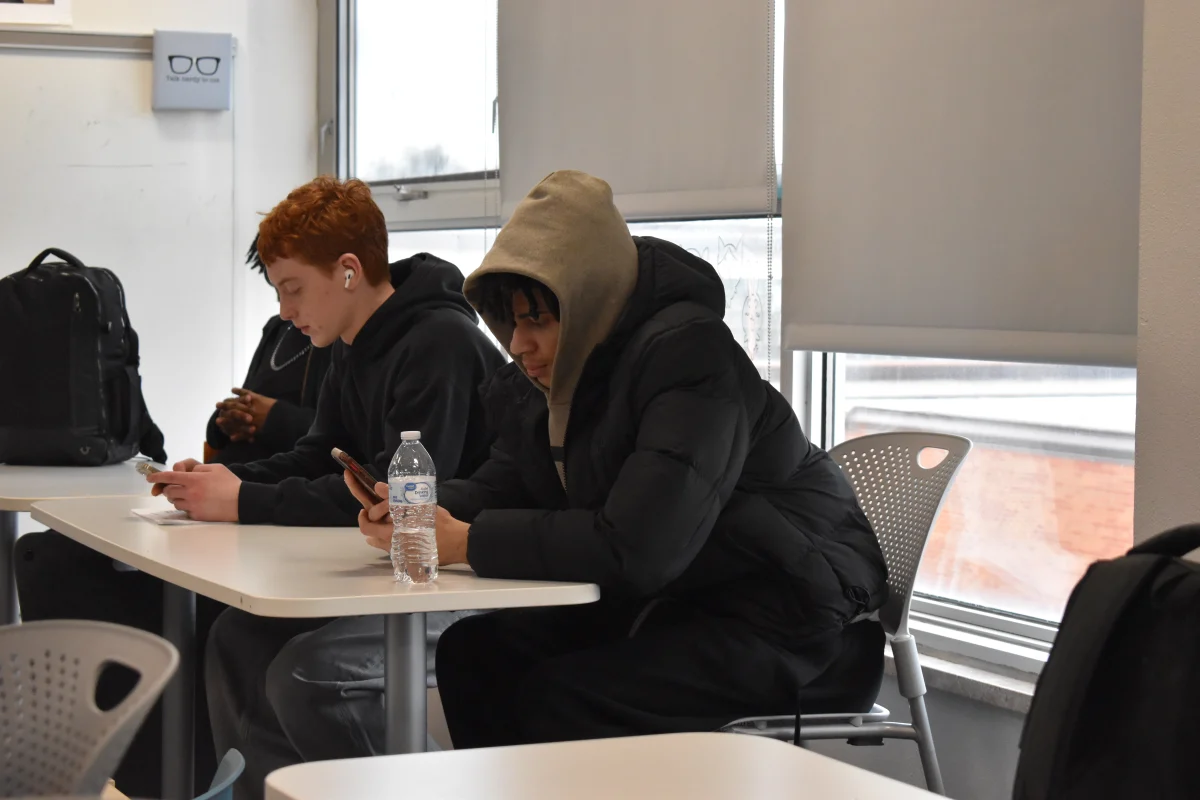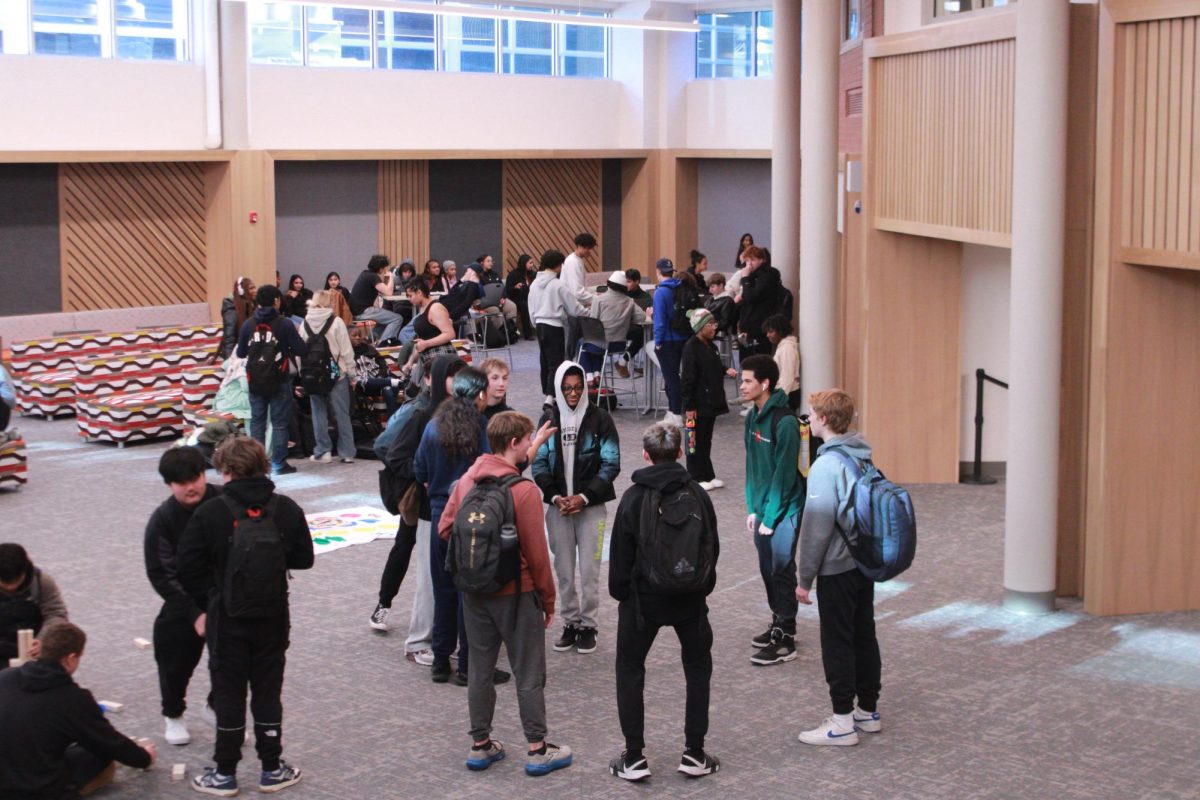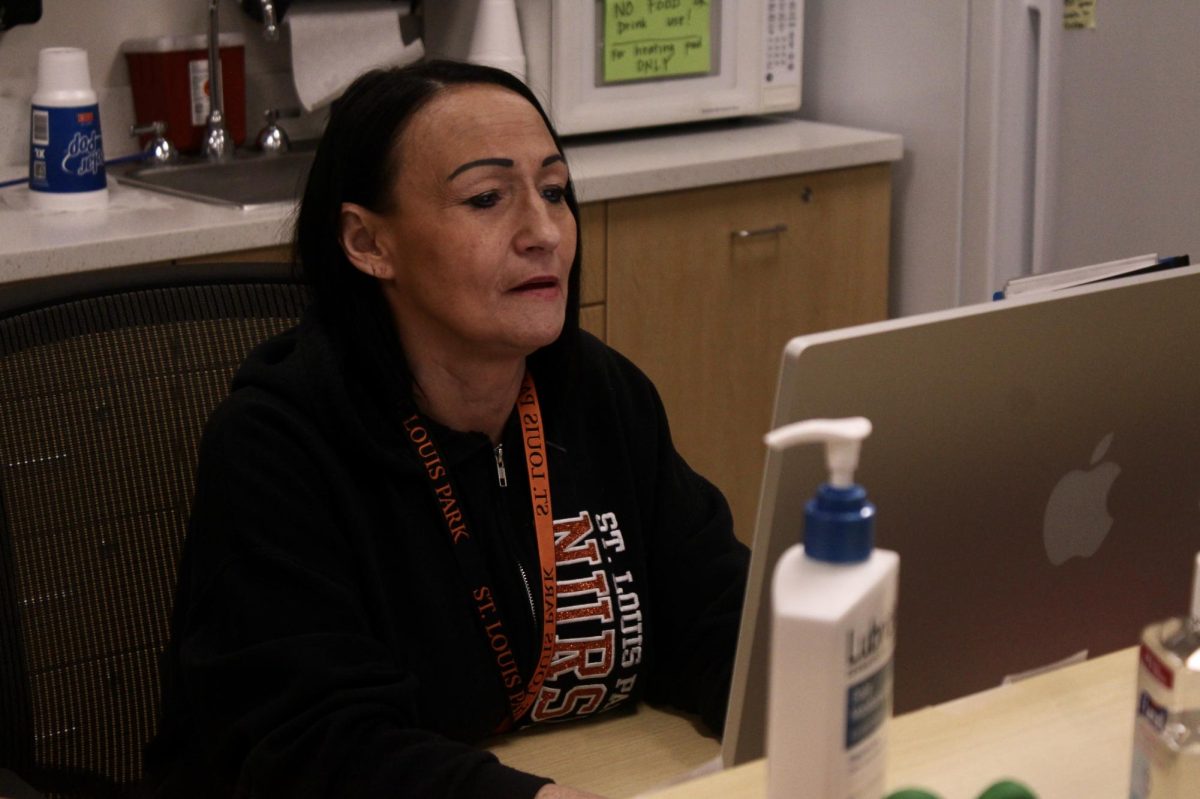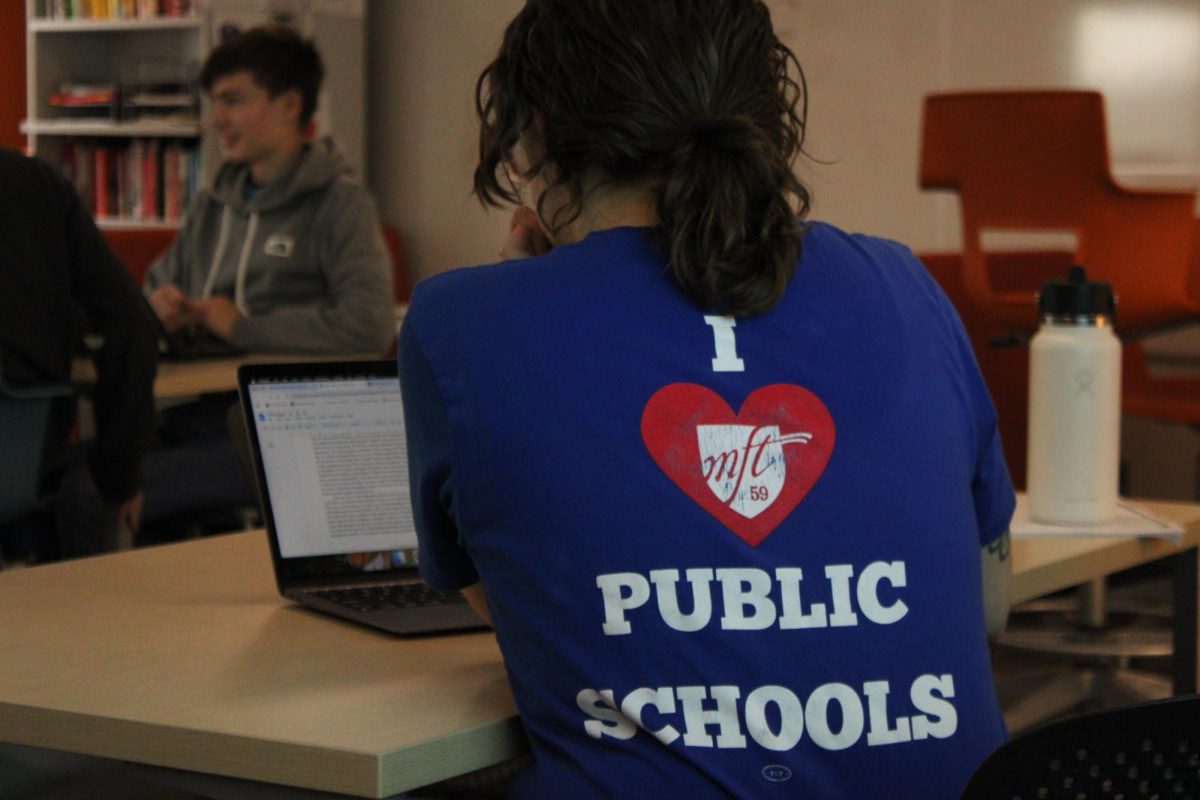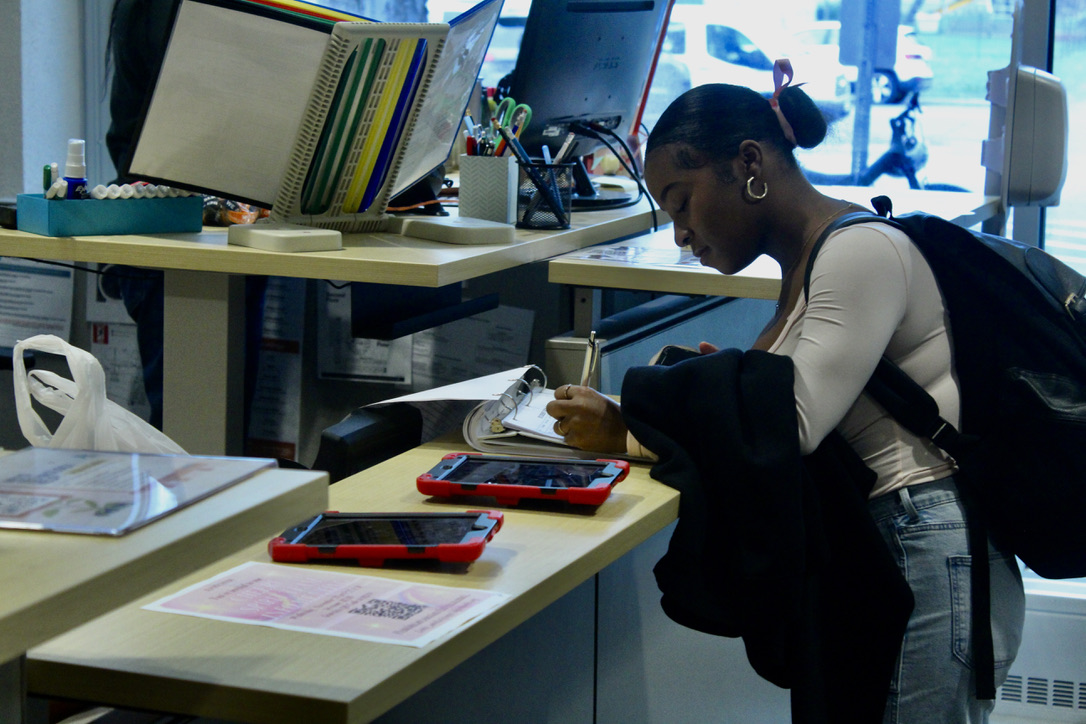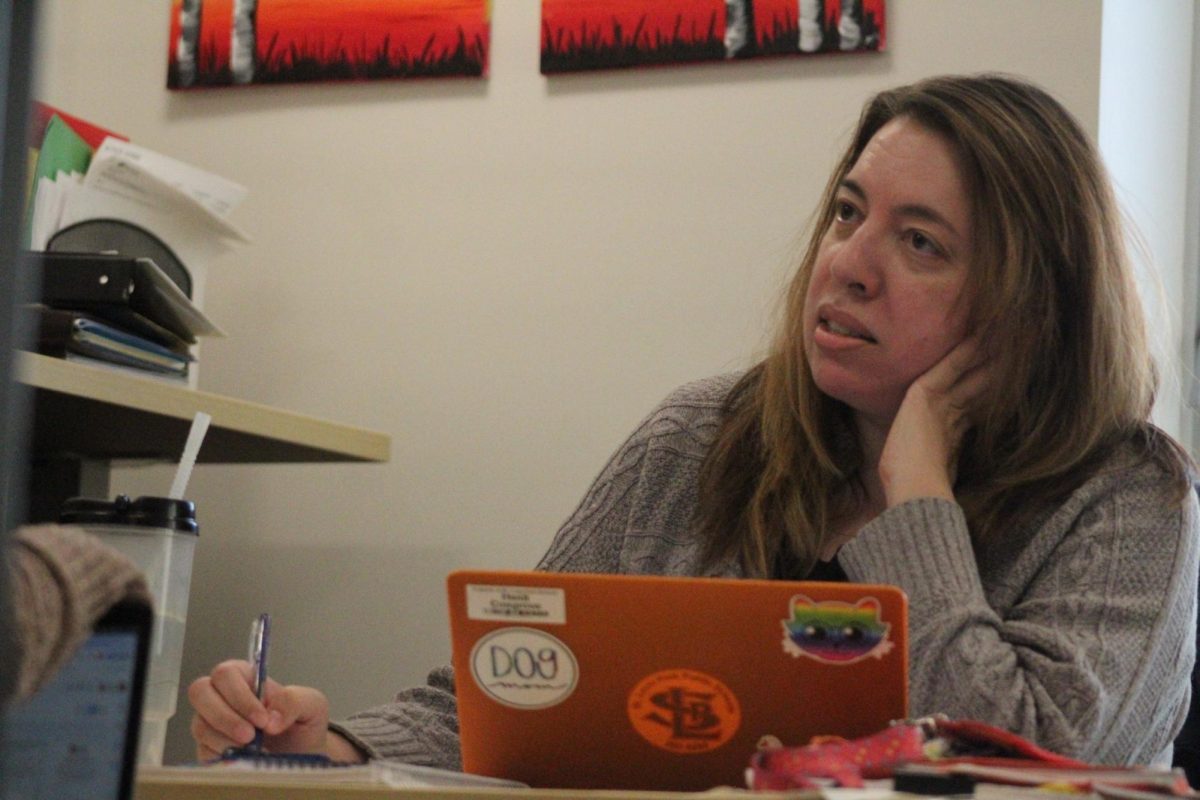“We Can’t Wait” endorsement progresses project
Though Park residents won’t have access to a Light Rail running through Minneapolis’ southwest suburbs until 2018, President Barack Obama simply said that it “Can’t Wait.”
The Southwest Corridor Light Rail Transit (SWLRT), which will connect Downtown Minneapolis to Eden Prairie, was recognized by President Obama as part of his “We Can’t Wait” campaign. “The campaign attempts to reinvigorate the national economy by promoting local economic growth and will aid the creation of the SWLRT.
Hennepin County Commissioner Gail Dorfman has worked on the SWLRT project for a decade and said the recognition from President Obama will help the project move faster.
“We’re going to need federal and environmental permits, but ultimately President Obama’s support will make the process easier,” Dorfman said. “It’s amazing that after all of our hard work, President Obama said we are one of two of the most important projects in the country.”
The project has also received approval from Park students. Sophomore Emily Weinberg said she agrees that the SWLRT’s construction is an important project.
“I think that the project will be worthwhile because it will make public transportation more convenient for a lot of people, and there will be more opportunities for employment,” Weinberg said.
In an online press release, Twin Cities Metropolitan Council Chairwoman Susan Haigh said the SWLRT will create an estimated 60,000 jobs during construction and engineering, in addition to the 270,000 jobs located in what she calls the “most job-rich corridor in the state.”
Though the “We Can’t Wait” campaign will help push for earlier completion of the SWLRT, it will not help financially. According to Laura Baenen, Communications Manager for the SWLRT project, the state of Minnesota will pay for 10 percent of the project’s $1.25 billion budget.
Junior Claire Olson said she thinks $1.25 billion is too expensive for this project, even though it will serve Minneapolis’ job-rich southwestern suburbs.
“The Light Rail would get a lot of business from younger people who don’t have the budget or other means to get downtown,” Olson said. “Even still, $1.25 billion is a bit excessive. I don’t think there would be enough revenue or economic stimulation to make up for the 1.25 billion.”



